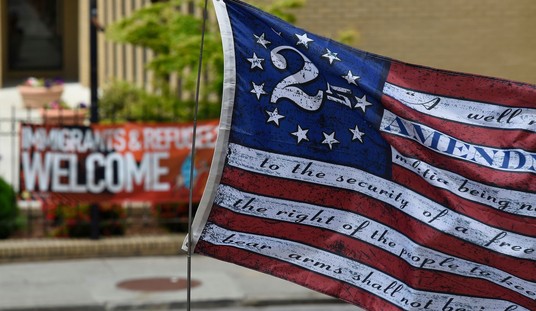When the stunning verdicts came down late yesterday evening that all seven defendants in the Malheur National Wildlife Refuge standoff case were found not guilty, many were quick to assume (including myself) that jury nullification may have played a role in the verdicts. Ammon Bundy, Ryan Bundy, Shawna Cox, Jeff Wayne Banta, Neil Wampler, David Lee Fry and Kenneth Medenbach were acquitted on all charges.
Ammon Bundy remains in custody due to charges he faces in Nevada related to the 2014 Bundy Ranch standoff. His attorney was tased, tackled, and arrested for apparently insisting that he did not have to remain in custody.
As we are now discovering, jury nullification didn’t play a role in the verdict, but clear directions to the jury from the judge on how to deliberate over each charge did.
The judge, prosecutors and defense lawyers haggled for hours over how to word instructions to the jury about interpreting the law to guide their verdict in the Oregon standoff trial.
The instructions explain how the law defines a conspiracy, for instance, and what kind of behavior might amount to intimidation.
The jury of nine women and three men returned not guilty verdicts after five hours of deliberations on Thursday in the high-profile case that riveted the state and drew national and international attention to the federal bird sanctuary in rural eastern Oregon.
Here are some of the key issues covered in more than 30 pages of instructions that U.S. District Judge Anna J. Brown read to jurors and what they used to reach their decision.
CONSPIRACY CHARGE
“A conspiracy is a kind of criminal partnership – an agreement of two or more persons to engage in illegal conduct.”
“It is not enough that they simply met, discussed matters of common interest, acted in similar ways or perhaps helped one another.”
CONSPIRACY TO IMPEDE OFFICERS OF THE UNITED STATES
— The government must prove beyond a reasonable doubt that there was an agreement between two or more persons to prevent officers of the U.S. Fish & Wildlife Service and/or U.S. Bureau of Land Management from discharging the duties of their office by force, intimidation or threat.
— The government must also prove beyond a reasonable doubt that a particular defendant became a member of such conspiracy “knowing of its illegal object” and “specifically intending” to help accomplish that illegal object, regardless whether the defendant or other individuals may have also had other, lawful reasons for their conduct.
A person can become a member of a conspiracy by “willfully participating” in the unlawful plan with the “specific intent to advance or further some unlawful object or purpose of the conspiracy,” even though the person doesn’t have full knowledge of all the details of the conspiracy.
One who willfully joins an existing conspiracy “is as responsible for it as the originators,” the judge told jurors.
On the other hand, “one who has knowledge of a conspiracy, but happens to act in a way which furthers some object or purpose of the conspiracy, does not thereby become a conspirator.” Similarly, someone doesn’t become a conspirator “merely by associating” with one or more people who are conspirators, nor merely “by knowing that a conspiracy exists.”
The article continues on (in mind-numbing detail) explaining how jurors were to regard not just the conspiracy charges brought by the government, but the role of informants (there were 15), the role of the First and Second Amendments in the case, the possession of firearms in federal facilities, and the theft of government property.
The judge made clear that the Second Amendment wasn’t on trial in this case, and that the only relevance firearms had in the standoff is whether they were used to intimidate or threaten government employees, or whether they used firearms in a criminal conspiracy.
As the jury determined that the evidence didn’t support the basic conspiracy charges, then there was no possibility of a conviction on the weapons charges.








Join the conversation as a VIP Member